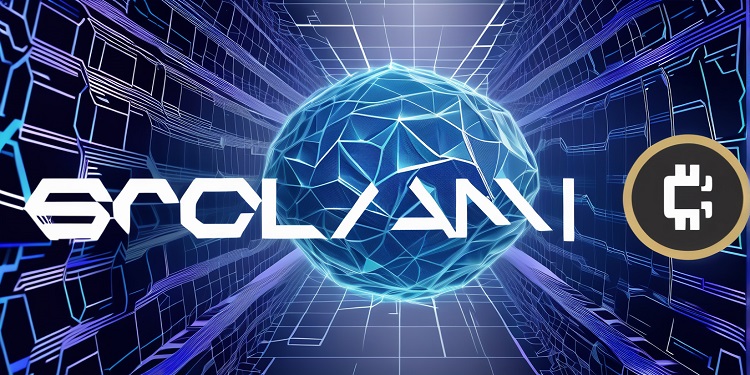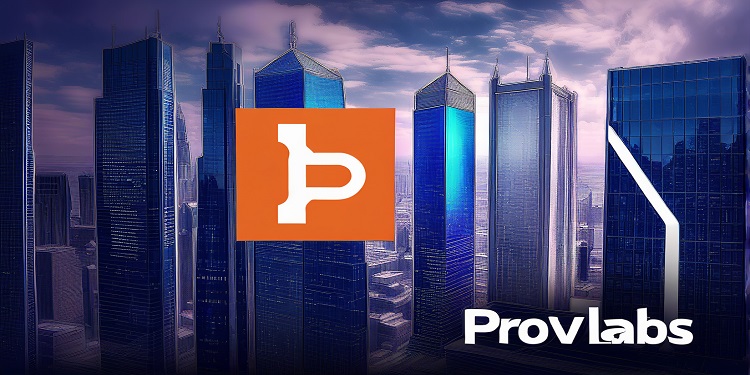 Akomba Labs, a blockchain startup focused on scalability, ran “Blockchain Distribution Network” (BDN), developed by BloXroute, on Ethereum node to assess the impact on block propagation time.
Akomba Labs, a blockchain startup focused on scalability, ran “Blockchain Distribution Network” (BDN), developed by BloXroute, on Ethereum node to assess the impact on block propagation time.
The trial carried out in Singapore on November 11 and November 27 indicated that the average block propagation time, reflecting the time required for a block to be created and transmitted all over a blockchain, declined to 172 milliseconds, don more than 50% from the current average time of 360 milliseconds.
This implies that BDN, developed by BloXroute Labs, was able to successfully decrease block propagation time on the Ethereum mainnet.
For the two-week trial, Akomba used data from a Chinese mining pool. The results point out that BDN could have a slight positive impact on block propagation on the Ethereum mainnet, the most preferred blockchain for deploying smart contracts.
Despite being a popular blockchain, Ethereum mainnet continues to remain expensive to conduct transactions, with typical gas price of 20 Gwei (or 0.00000002 ETH). The cost factor is also debated often. Uri Klarman, bloXroute CEO explained why Ethereum needs to get rid of scalability issue.
“Ethereum feels the burn of the scalability bottleneck more than any other blockchain out there. It’s losing momentum, it’s losing market share. They feel the problem. Most others don’t.”
BloXroute employs a layer 0 solution that minimizes transaction size and boosts block propagation time. For a transaction size of 500 bytes, BDN needs to transmit only 4 bytes of data.
Klarman explained how BloXroute is able to minimize transaction size.
“We don’t send the entire block because if the other gateways know the transaction out of there, you don’t need to send the actual data itself – only pointers saying which transactions are there.”
BloXroute had earlier trialed BDN on the Ethereum mainnet in September to achieve comparable outcome. During the trial, BloXroute attained roughly 25% decline in block propagation time.
Klarman opined that BDN, which is currently running in a handful of big mining pools, will soon be incorporated in more mining pools. Once that happens, Klarman believes that block capacity will rise and fees could decline as the increased capacity would more than adequately match demand for the network.
Back in September, Ethereum miners approved to increase the GAS ceiling to 10 million, an increase of 25% from the earlier limit. The initiative was taken to fight network jam and Klarman stated that demand immediately consumed the additional space.
Klarman said “We know there is demand for these transactions, which lead us to where we are right now.”








